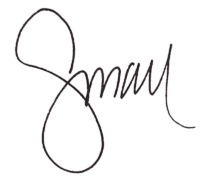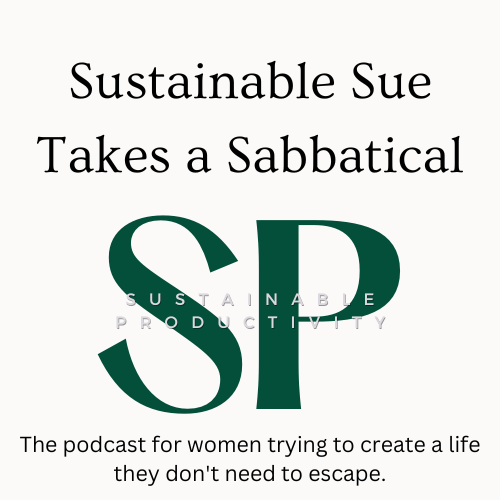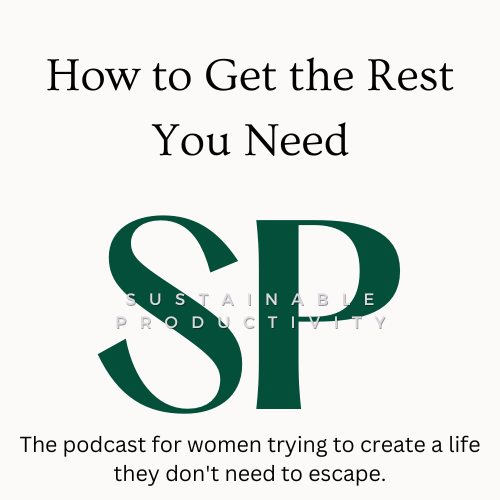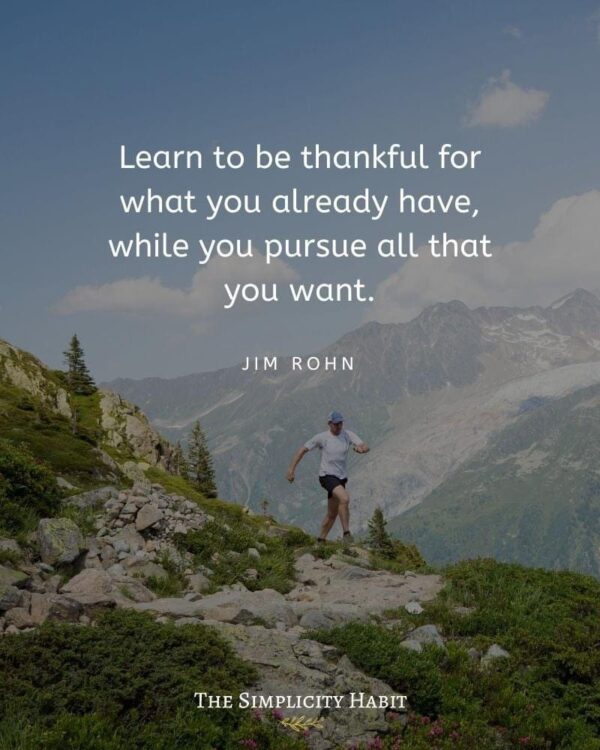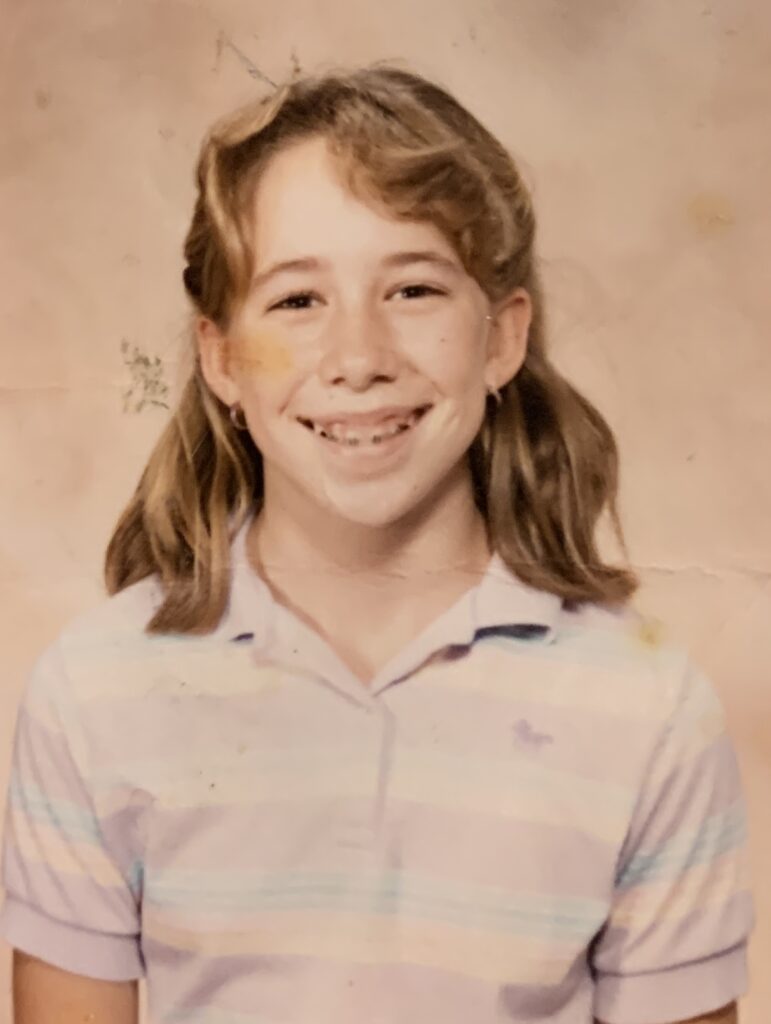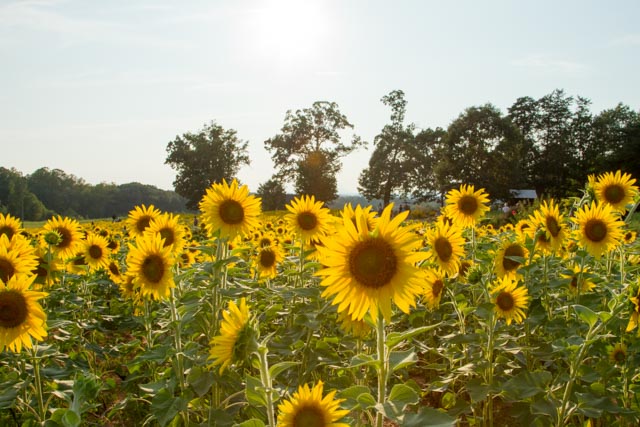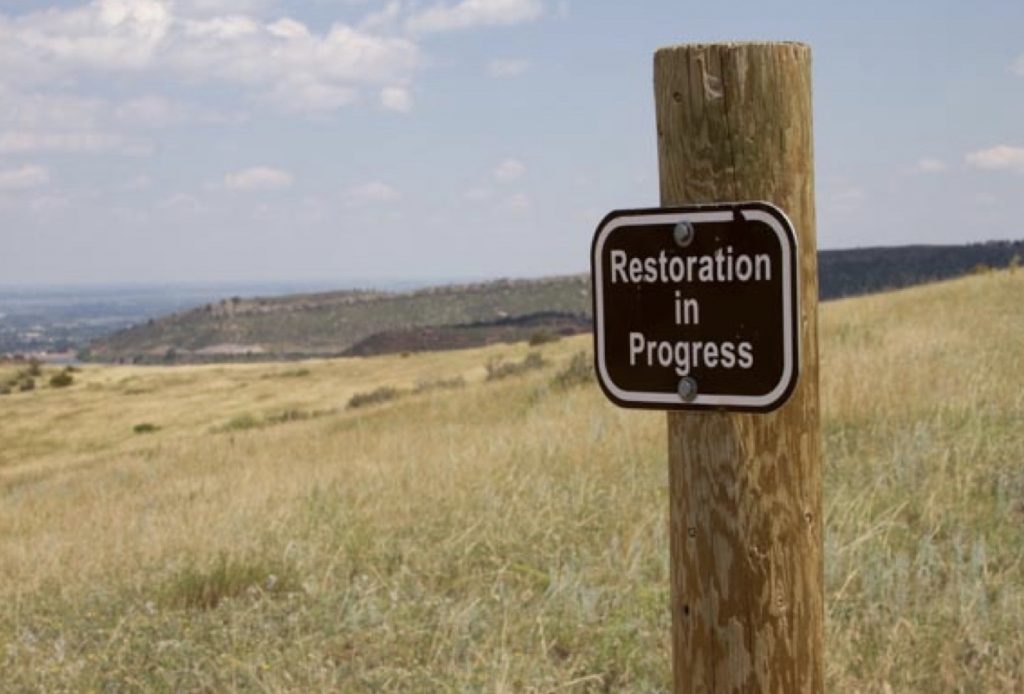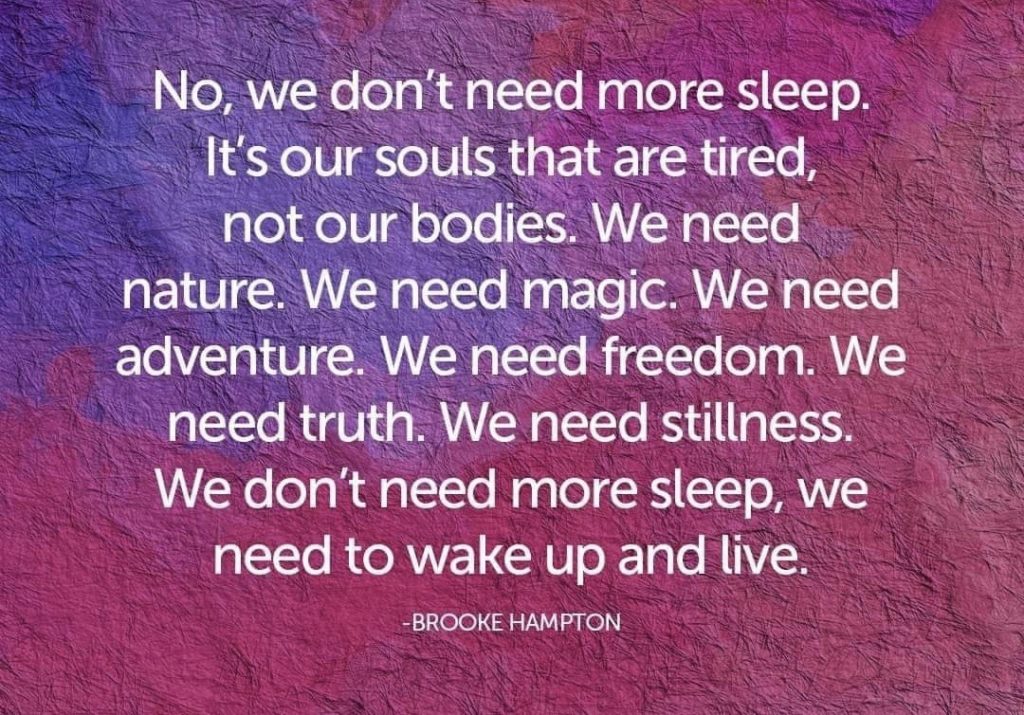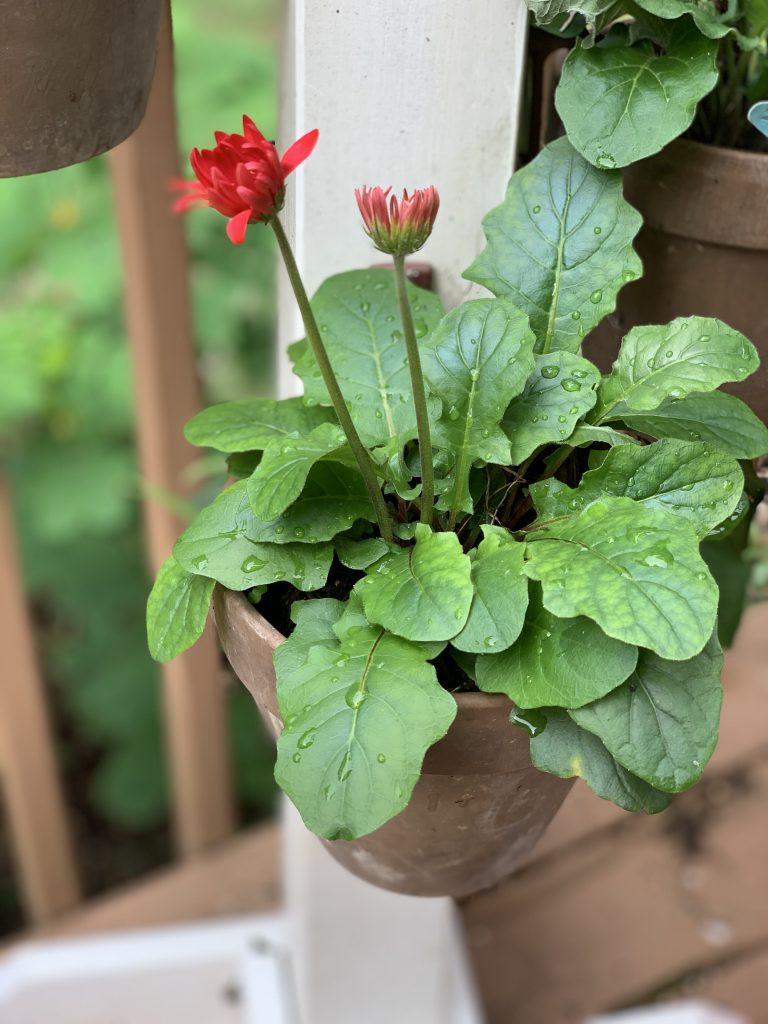Time Accountant
Do you ever feel like you have a Time Accountant that you have to report to? A (probably imaginary) person who whips out a small notebook, licks a pencil tip and makes notes about everything you are doing? Or not doing? Or could be doing better or faster?
No?
Cool, me neither.
Apparently some people do. This essay is for them.
My first instinct is to kick that Time Accountant in the balls and make a run for it. But alas, a healthier and more Sustainably Productive step would be to reframe what you mean when you say, “I did nothing.”
No one says it better than Elsie Owens:
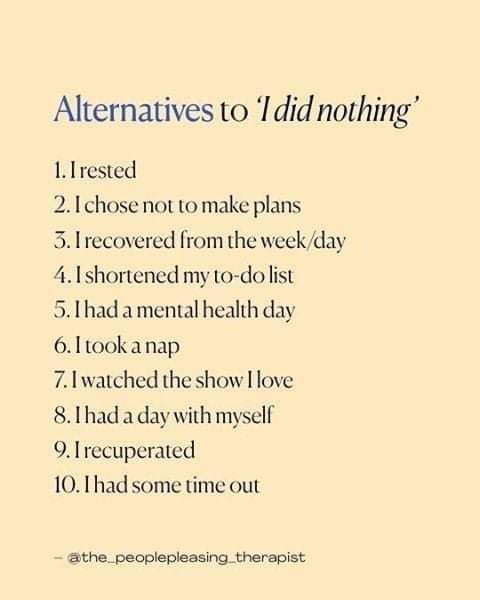
Now that you have a different way to describe it, maybe telling your Time Accountant that you spent 75 minutes recuperating instead of doing nothing will be easier. Maybe that Time Accountant is you and you need to give yourself permission to take a time out.
If you are feeling like you are running on am empty tank, it is time to recover. Consider this your permission slip.
Sustainable You Reflections
- Which of the 10 phrases in the above list seems to fit you the best?
- Look at your calendar for the next 2-4 weeks. Where can you fit in this recovery time.
- Block it off today.
Until next time remember to create productive results in a way that you can sustain and that work for you.
